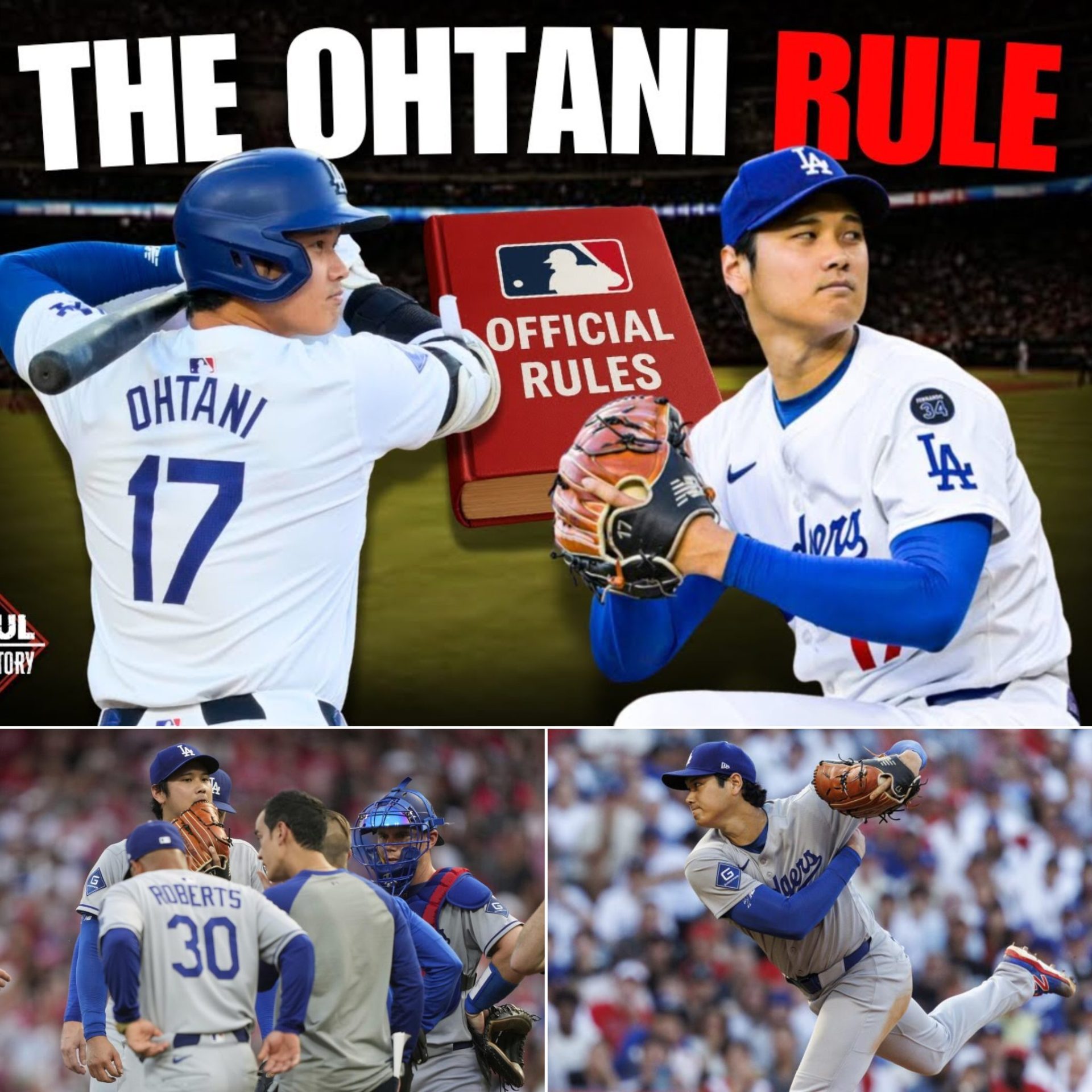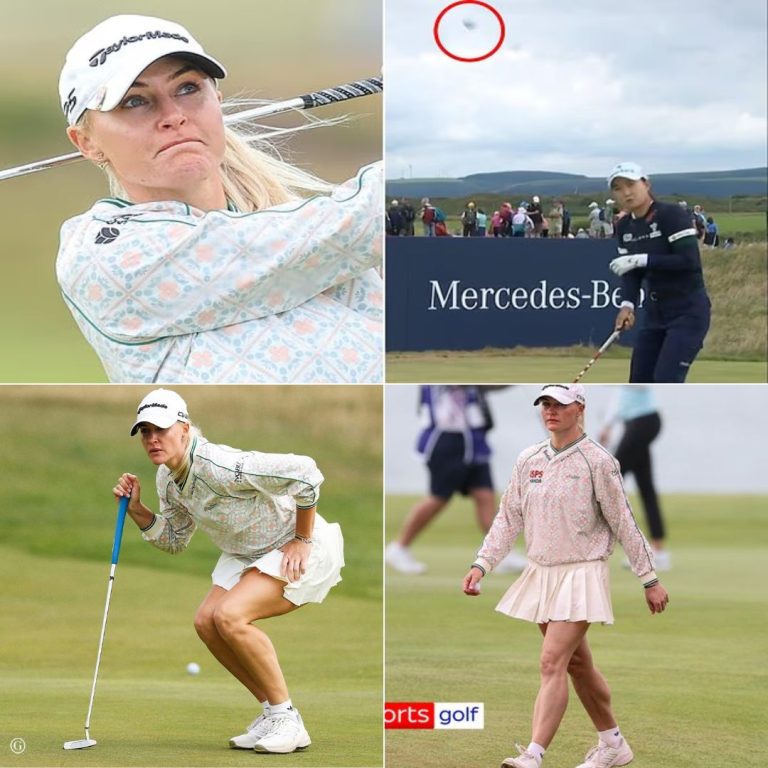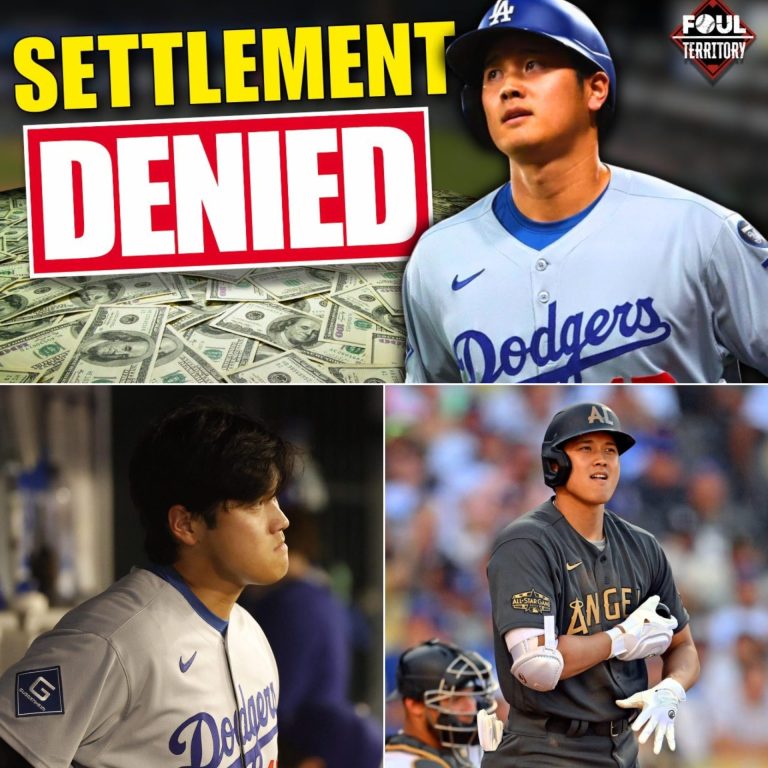In a groundbreaking shift that could redefine Major League Baseball, a single rule change regarding Shohei Ohtani is igniting fierce debate among players and analysts alike. The so-called “Ohtani Rule,” implemented in 2020, mandates that any player wishing to be classified as a two-way athlete must pitch in a minimum of 20 innings and play in at least 20 games as a position player or designated hitter. This regulation, initially designed to accommodate Ohtani’s unique talents, is now being called out for stifling the potential of aspiring two-way players across the league.

Critics argue that the rule is not only overly stringent but also detrimental to the development of emerging talents. Players like Jake Cronenworth have voiced their frustration, stating that the requirement forces athletes to “earn” their two-way status again, despite having already proven their capabilities in college and the minors. The implications are staggering: teams are hesitant to promote two-way prospects, fearing they will be short on pitchers in critical situations.

The urgency of this issue is palpable. As the MLB season progresses, the lack of flexibility in roster management is becoming increasingly evident. With teams constrained by the rule, the dream of having more players like Ohtani—a true unicorn in the sport—remains just that: a dream. The conversation is heating up, and the pressure is on MLB officials to reconsider this regulation that seems to benefit only one player while hindering countless others.

As fans and players alike call for change, the future of two-way players hangs in the balance. Will MLB take action to amend the Ohtani Rule, or will it continue to limit the potential of a new generation of baseball stars? The clock is ticking, and the eyes of the baseball world are watching closely.






